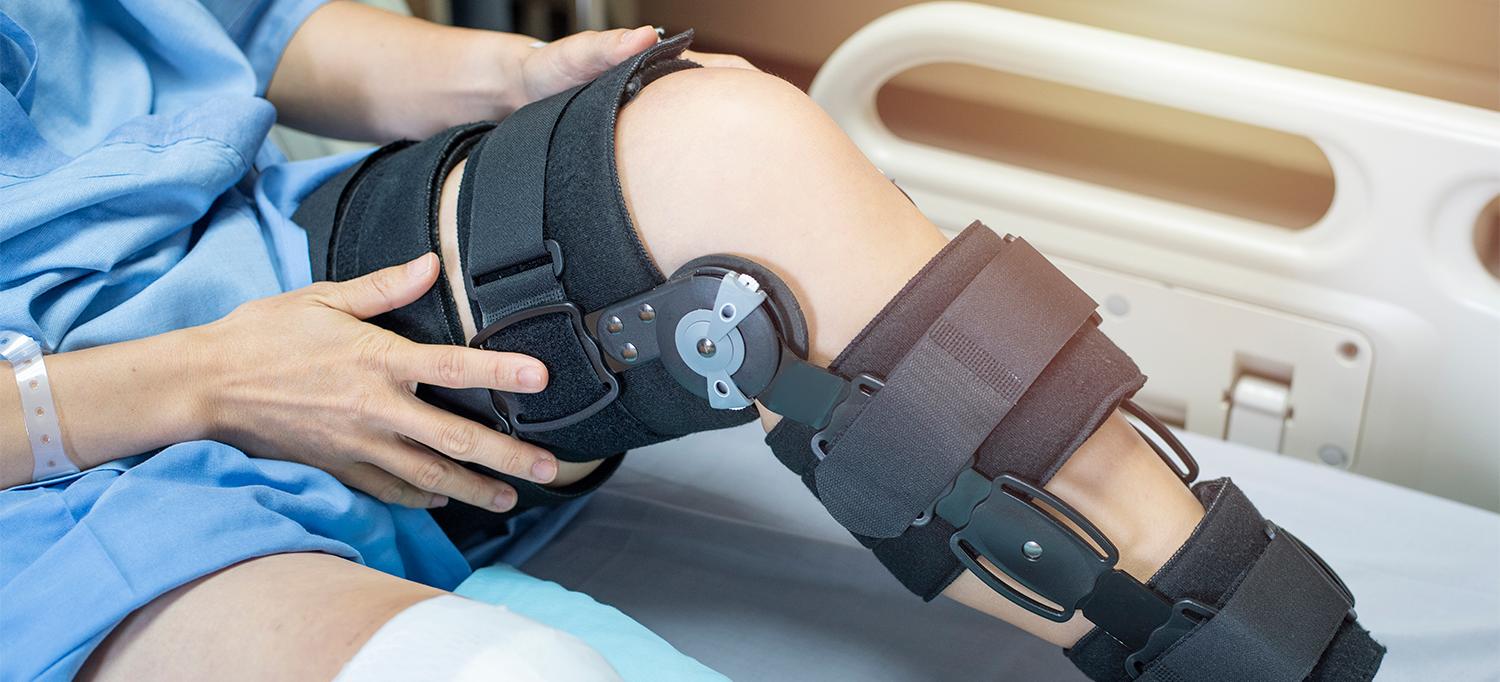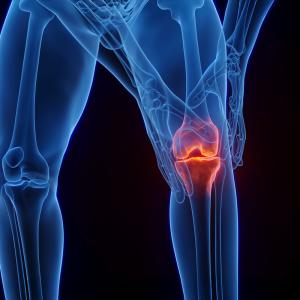
Photo: mkitina4/Getty
All it takes is a quick twist. An anterior cruciate ligament (ACL) tear can happen when you stop suddenly while running, take a sharp turn on the slopes, or pivot to catch a football.
Each year, about 250,000 people tear their ACL, 1 of 4 ligaments that connects the femur to the tibia. The ACL helps stabilize the knee and allows for pivoting and twisting movements. Considered the most common type of knee tear, it is also one of the most serious. For athletes and active individuals, an ACL tear often requires surgery to return to sports and pre-injury level of play.
ACL injuries happen when you plant your foot one way and your knee turns in the opposite direction. At highest risk are those who participate in sports that involve jumping, twisting, and sudden changes in direction, such as basketball, volleyball, soccer, football, and skiing. Some people may also be more vulnerable to ACL tears, including women and people age 40 and older. But there are effective ways to lessen the risk of this type of injury.
Our team of sports health experts offers five tips for protecting your ACL.
1. Exercise All Year Round
You can prevent many ACL injuries by keeping the muscles surrounding your knees strong and flexible with a consistent workout routine. Exercise helps us keep in shape, improve our balance, and be aware of our bodies.
“We can’t always control every past injury we’ve had, but we can control our level of physical fitness,” says Heather A. Milton, MS, RCEP, CSCS, exercise physiologist and sports health expert at NYU Langone’s Sports Performance Center. “Keeping your body in shape can help withstand greater stress and therefore help you control your risk of injuries.”
2. Pay Attention to How You Move
Landing a jump on stiff legs puts significant stress on your joints and ligaments. The ACL absorbs more of the force, which increases your risk of injury. You can reduce this stress by bending at the knees and hips as you are turning. Bending at your knees also aligns them with your feet. So when you land, your core, glutes, quadriceps, and hamstrings are working together to provide stability and keep the ACL from bearing the full brunt of the force.
“When we think of prevention, it’s important to make sure your movement is safe and that you have good alignment,” says Cordelia W. Carter, MD, a clinical associate professor in the Department of Orthopedic Surgery and director of the Center for Women’s Sports Health at NYU Langone. “Getting into this habit when you’re warming up or weight training at the gym encourages you to keep moving safely during game time.”
3. Avoid Exercising When You Are Overly Fatigued
It’s harder to maintain good form when you’re feeling tired. You can prevent an ACL injury by making sure you are getting enough sleep and by knowing when to stop exercising for the day. Pushing yourself until you feel exhausted can also result in muscle fatigue—the inability of muscles to generate force. Muscle weakness may occur for a number of reasons, including obesity, aging, and vigorous exercise.
4. Strengthen Your Hamstring and Quadriceps
The hamstring muscle, located on the back of the thigh, works with the quadriceps muscle, located on the front of the thigh, to bend and straighten your legs. Strengthening these muscles can better protect you against knee injuries, including ACL tears.
One of the best exercises you can do for hamstrings is a Romanian deadlift, according to Milton. Named for the Romanian weightlifter Nicu Vlad, an Olympic medalist in 1984, 1988, and 1996, a Romanian deadlift works your hamstrings and glutes as you lower the barbell and return to a standing position.
5. Don’t Forget Your Core
Strengthening your glutes, hamstrings, and quadriceps muscles are essential to minimizing your risk of ACL injury. But having a strong and stable core is just as essential. When you work out your core, it helps your body move more efficiently. It also helps you control the way your body moves.
The basic plank is an efficient exercise that strengthens your core, as well as your arms, shoulders, back, glutes, and legs because you hold up your weight with your arms or forearms.
“Core stabilization should definitely be part of a year-long training program to help prevent injury to your ACL,” says Dr. Carter.

